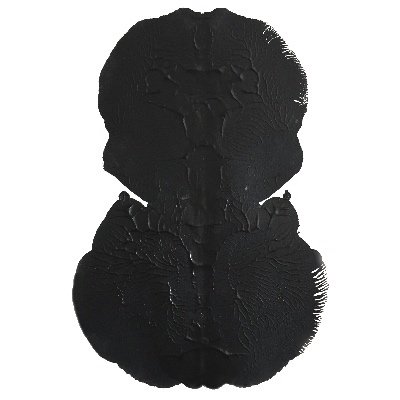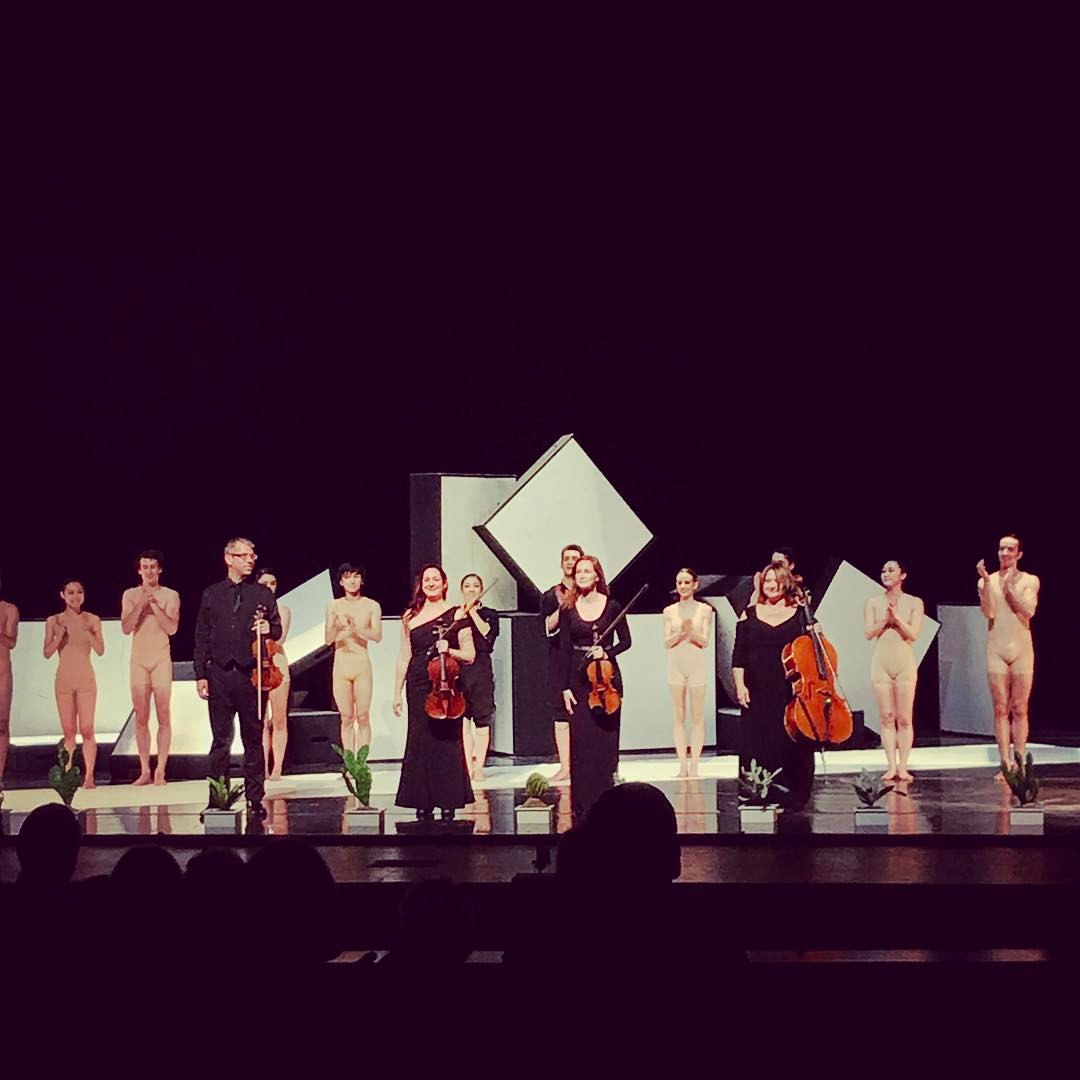Music Mondays - Death and the Cacti
Welcome to the latest Music Mondays...on Tuesday.
Sunday evening was the final performance of the 2016/17 season performance season. I was fortunate to end my season with an incredible collaboration. It was so much fun working with the Tulsa Ballet on Alexander Ekman's Cacti over the past few weeks, and TRQ (Tulsa Rock Quartet) can't think of a better way to end the performance season that with a rockin' performance of contemporary dance.
Needless to say, Monday was somewhat of a recovery day. I spent minimal time in front of the computer or with my violin. I went to bed super early, did some laundry, went to the grocery store, prepared the students of Harmony Project Tulsa for our final concert, and walked my dog. All of this was necessary, and now I am ready to jump back into action!
Now that the season is over, and I don't have any looming performances, what am I going to write about on #MusicMonday??
Well, for now, I'm going to continue with my Cacti high because I am still humming the music from the show.
The piece opens with cosmic sounds and improvisation created by the string quartet and leads directly into a modified version of the Presto (fourth movement) from Schubert's String Quartet No.14, in D minor D.810 also known as Death and the Maiden.
Here's a little bit more info on the quartet:
Composed in 1824, after the composer suffered from a serious illness and realized that he was dying, it is Schubert's testament to death. The quartet is named for the theme of the second movement, which Schubert took from a song he wrote in 1817 of the same title. The theme of death is palpable in all four movements of the quartet.
The quartet takes its name from the lied "Der Tod und das Mädchen", D 531, a setting of the poem of the same name by Matthias Claudius that Schubert wrote in 1817. The theme of the song forms the basis of the second movement of the quartet. The theme is a death knell that accompanies the song about the terror and comfort of death.
The Maiden:
"Oh! leave me! Prithee, leave me! thou grisly man of bone!
For life is sweet, is pleasant.
Go! leave me now alone!
Go! leave me now alone!"
Death:
"Give me thy hand, oh! maiden fair to see,
For I'm a friend, hath ne'er distress'd thee.
Take courage now, and very soon
Within mine arms shalt softly rest thee!"
It is interesting to consider the tragedy and distress of the original version of this quartet in contrast with (or perhaps in collaboration?) the choreography of Cacti. Does it make sense together? Or is it more appropriate that they DON'T mix well? Does it even matter?
I have always loved this quartet, and the orchestrated version is also really cool. The ballet cleverly works from a modified version of the quartet version to a recorded performance of the orchestrated version (completed after Schubert's death).
Before every performance, the quartet and a few dancers met in the green room to Warm Up together. We called ourselves the 'Human Orchestra' based on the opening monologue of the ballet. We kindly asked Bruce, our new friend, and sound guy to record one of these sessions for us.
Here is a little video that Tulsa Ballet created to promote the performance, featuring TRQ. The quartet could not be more thrilled about this collaboration. It was the highlight of our performance season. We can't wait for the next reunion of 'the human orchestra'!
The quartet takings a bow with the incredible dancers of the Tulsa Ballet.
Photo Cred: Emily Bishop.
I hope you enjoy!

